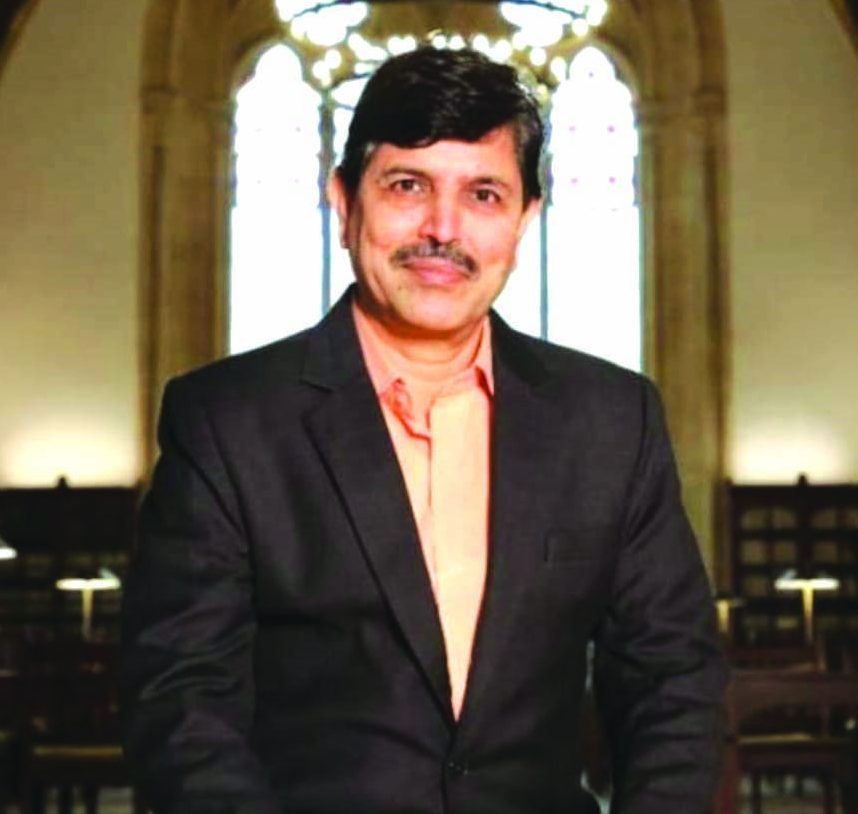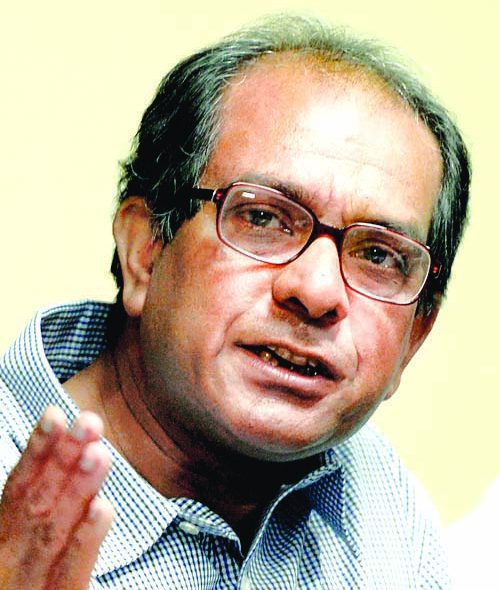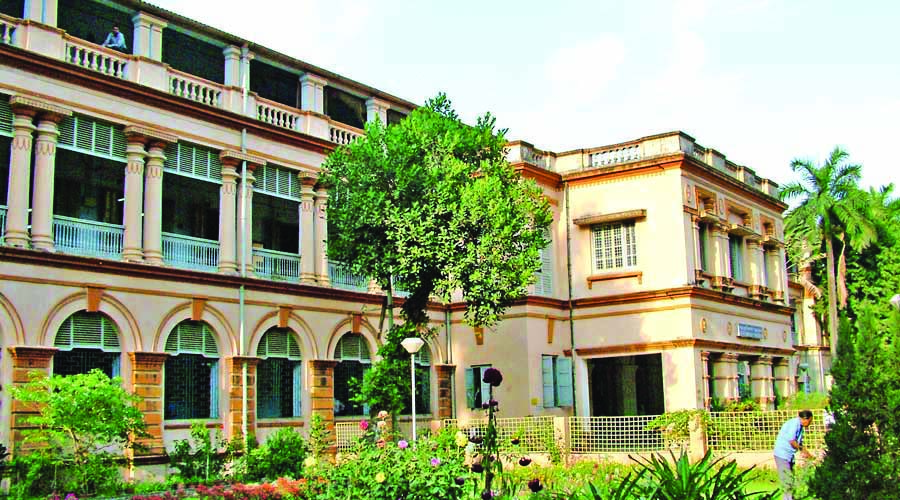In EWIHER 2022-23, government universities are ranked in nine separate categories — multidisciplinary, law and humanities, natural and life sciences (including medical), engineering and technology, all-women, agriculture etc. This segregation eliminates apples with oranges type comparisons, writes Summiya Yasmeen
India’s public higher education system comprises 16 deemed-to-be, 54 Central and 444 state government universities. Among them, 16 elite government varsities conferred deemed university status for teaching and research excellence by the Delhi-based University Grants Commission (UGC) are top-ranked followed by well-funded Central universities and good, bad and ugly state government universities. Together, these 624 public universities educate over 32 percent of India’s 37.4 million students in higher education.
Though over the past quinquennium, the country’s new genre private universities — which have multiplied from 276 in 2015-16 to 403 in 2021-22 — are giving stiff competition to the once highly prized public universities, the latter continue to dominate the Indian higher education ecosystem. Especially given that the 444 state government universities affiliate over 40,000 undergraduate colleges countrywide, prescribing their academic syllabuses, sanctioning new study programmes, conducting examinations and awarding degrees. Moreover, with government institutions offering highly subsidised higher education, they are more affordable and preferred over relatively pricey private universities by the great majority of the country’s 260 million households.
Although the annual EducationWorld India Higher Education Rankings (EWIHER) initiated in 2013, were initially restricted to assessing private universities, in 2020 separate league tables rating and ranking the country’s best reputed Central and state varsities were introduced. This year, in keeping with our commitment to continuously improve and refine the EWIHER, we have further sub-divided the broad category of government (and private) universities according to their domain specialisation. Therefore in EWIHER 2022-23, government universities are ranked in nine separate categories — multidisciplinary, law and humanities, natural and life sciences (including medical), engineering and technology, all-women, agriculture, physical sciences and sports, maths and research. This segregation eliminates apples with oranges type comparisons and makes it easier for school-leaving students and graduates to select universities best suited to their aptitude and academic aspirations.
To conduct the EW India Government University Rankings 2022-23, the highly-reputed Delhi-based market research and opinion polls company Centre for Forecasting & Research Pvt. Ltd (C fore, estb.2000) interviewed 4,105 sample respondents comprising 2,236 faculty, 1,047 final year students of 163 universities, and 882 industry representatives in 25 cities countrywide.
These respondents were persuaded to award public universities of whom they have sufficient knowledge, scores of 1-300 on ten parameters of higher education excellence, viz, faculty competence, faculty welfare development, research and innovation, curriculum and pedagogy (digital readiness), industry interface, placements, infrastructure, internationalism, leadership/governance and range and diversity of study programmes. Higher weightage is given to the critical parameters of faculty competence (150), research and innovation (300) and infrastructure (150).
EWIHER ranks 161 government universities in nine categories with the multidisciplinary institutions league table being the most competitive and populous.
India’s best government multi-disciplinary universities
Higher education institutions offering multidisciplinary programmes are popular with students as they provide a wide range of study programmes across numerous faculties including arts, humanities, science, commerce, management, engineering and technology, etc, and offer opportunity for inter-disciplinary study. Therefore, it’s not surprising that the lengthiest league table in EWIHER 2022-23 is of government multidisciplinary universities.
[userpro_private restrict_to_roles=administrator,customer]
The newly introduced league table of publicly-funded multidisciplinary varsities is headed by Delhi University (DU) and University of Mumbai (UoM), jointly ranked #1 — both of whom have got huge promotions since last year. DU was ranked #4 and UoM #10 respectively in the undivided government universities league table of 2021-22.
Similarly, disaggregation of public universities into subject domain categories has resulted in several varsities substantially improving their national ranking. Jawaharlal Nehru University, Delhi, in the news recently for appointing its first woman vice-chancellor, has been promoted to #2 (#3) followed by Jadavpur University, Kolkata to #3 (#9), University of Hyderabad to #4 (#21) and Banaras Hindu University to #5 (#15).

Mumbai University SoBo campus
Dr. Ravindra Kulkarni, pro vice-chancellor of the University of Mumbai (UoM), one of the country’s three oldest universities established in 1857, is delighted that UoM is ranked India #1 in the newly classified league table of government multidisciplinary universities, with top scores on the important parameters of industry interface and placements.

It’s a matter of pride that the University of Mumbai, one of the country’s oldest citadels of learning with a legacy of over 165 years of academic excellence, is ranked India’s #1 multidisciplinary university. Recently, we were accredited with the highest A++ grade by NAAC. Our institutional distinctiveness is providing access to world-class programmes across several disciplines in science, management, commerce, and arts to students from all sections of society. The university has five campuses, 839 affiliated colleges, 54 teaching departments and offers over 500 undergrad and postgraduate programmes to over 8 lakh students. Moreover, we are pioneers in offering career and skill-based education and have strong industry connect programmes, which explains our high scores for industry interface and placements. Now with the implementation of NEP 2020, we are gearing up to introduce an Academic Bank of Credits and designing multidisciplinary degree programmes with multiple entry and exit options
– Dr Ravindra Kulkarni, an alumnus of the Institute of Chemical Technology, Mumbai (ICT) and RMT University, Nagpur, and former professor at ICT, who was appointed pro vice-chancellor of UoM in 2018.
Similarly, Dr. Suranjan Das, vice-chancellor of the state government-managed Jadavpur University (estb.1955) is pleased that JU is ranked among the country’s Top 3 multidisciplinary universities with top scores under the parameters of research and innovation and placement.

The entire JU community is happy with this recognition. I ascribe our high ranking to the team spirit with which people work here, as a result of which we have been able to develop a culture of loyalty and dedication to the university and continuous quest for excellence. That’s why despite the disruptive impact of the pandemic, JU has been able to sustain its highly recognised teaching-learning processes, reflected in our #3 rank. I am also delighted that JU has been awarded the highest score under placements. This is because in recent years, we have developed a strong university-industry partnership programme, which unlike in other universities is not focused entirely on recruitment but also on commissioned research and innovation. Going forward, my goal is to strengthen our interdisciplinary teaching-learning and research processes and make JU a truly multidisciplinary university,”
-Dr Suranjan Das, an alum of Calcutta and Oxford universities and former vice chancellor of University of Calcutta, who was appointed VC of Jadavpur U in 2015. Currently, this unitary university (unlike most state varsities, it doesn’t affiliate undergrad colleges) has an enrolment of 13,000 students mentored by 650 faculty.

Jadavpur University main block
Beyond the Top 5, Panjab University has been elevated to #6 (#10 in 2021-22), Osmania University, Hyderabad to #7 (#23), Savitribai Phule Pune University to #8 (#18), Madurai Kamraj University to #9 (#32) and Alagappa University, Karaikudi to #10 (#24).

Osmania University, Hyderabad
Likewise, further down the 91-strong newly classified league table of government multidisciplinary universities, several institutions have risen in public esteem. They include University of Kerala, Thiruvananthapuram at #16 (#52), Kurukshetra University at #23 (#61) and B.R. Ambedkar University, Delhi at #25 (62).
It’s also pertinent to note that although some universities are modestly ranked nationally, they are highly ranked in their states, some of which are more populous than the average European country. And in the post-pandemic world order, with students preferring to enroll in universities not far from home, state rankings of universities assume even greater significance. For instance, the Central University of South Bihar, ranked #59 nationally, is ranked #1 in Bihar (pop.128 million). Likewise, Himachal Pradesh University, Shimla, ranked India #43 is the hill state’s #1 varsity and the Central University of Rajasthan, Ajmer, ranked #47 is #1 in the state of Rajasthan (pop. 81 million).
Also Read:
India’s top-ranked private universities 2022-23
[/userpro_private]












Add comment